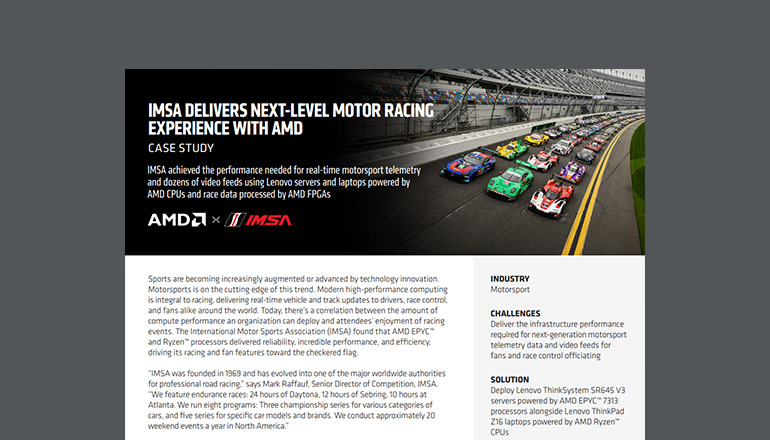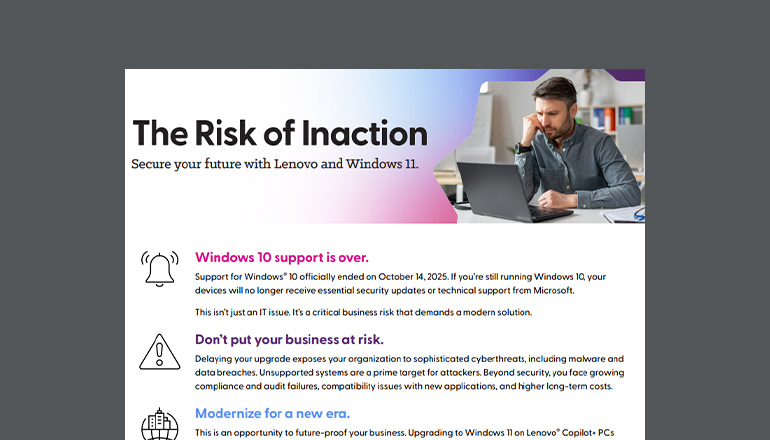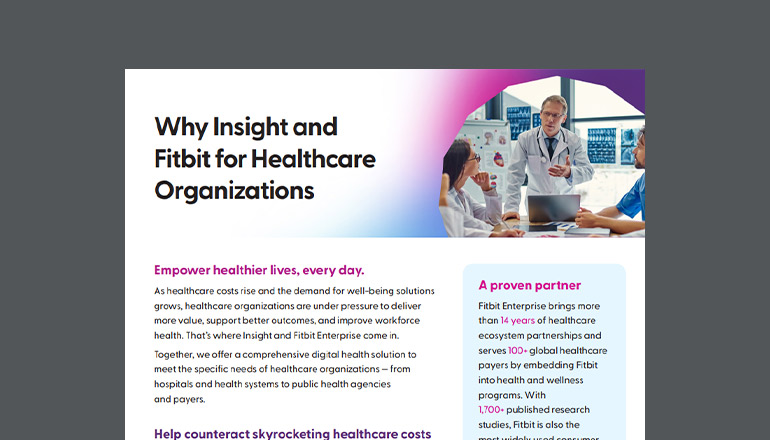Article Managed Device Services Are Key
By Insight Editor / 31 May 2019 / Topics: Devices As a service

If you are among the many who are confused about PC-as-a-Service (PCaaS) which is often referred as Device-as-a-Service (DaaS), you are not alone. In this article, we breakdown everything you need to know about common managed device services.
What is PCaaS?
Financially, PCaaS has more in common with a rental agreement with services attached, because you never actually hold the title to the hardware. Rather, at the end of the agreement, you discontinue the service or renew, generating an automatic refresh. Simply put, PCaaS is one more financial “vehicle” at your disposal in the realm of managed device services, in addition to leasing and buying.
The PCaaS models on the market currently offer service components such as imaging, deployment, migration, repair, and disposal. These components are regarded as the easier, more predictable cost structures to quantify. For example, migration is one of the most expensive events associated with a managed device services model. Migration projects represent one of the largest areas that negatively impact end-user satisfaction. Customers report their current processes to perform a migration, which can take between two to four hours.
This step in the lifecycle is an example of where organizations can see a huge swing in cost, since migration increases service desk costs and represents a large portion of “hidden costs” in PCaaS agreements. Additional work that was not accounted for in the pre-onboarding phase is qualified as “out of scope” or falls under the category of additional billable services.
Reduce labor costs associated with end-user support services
Innovation in managed device services, process, and technology is the linchpin to reducing labor costs associated with end-user support services. Whether considering PCaaS, leasing, or buying models, the most important factor is the cost of the managed device services that are being delivered around the devices and the innovation the provider brings to your organization. For that and other reasons, it is important to select a delivery partner that is mature in managed device services and can help reduce labor costs through its own fully-matured processes and ITSM platforms. The right partner can help innovate and reengineer your client management systems.
Partner with a managed device services provider for hybrid IT delivery
It is vitally important that companies select the right managed device services providers and view them as an extension of their IT team, working together to deliver a hybrid managed device services model that matures over time. Hybrid delivery works when projects are identified at the beginning and throughout the contract that will achieve those desired outcomes and both parties are committed to execution.
It is also important to move beyond basic service elements and consider Move Add Change (MAC), service desk, self-service, automation, daily projects, return-to-service, and software and hardware asset management. These elements must be addressed to reduce a company’s cost per seat and create predictable cost structures while improving the end-user experience.







